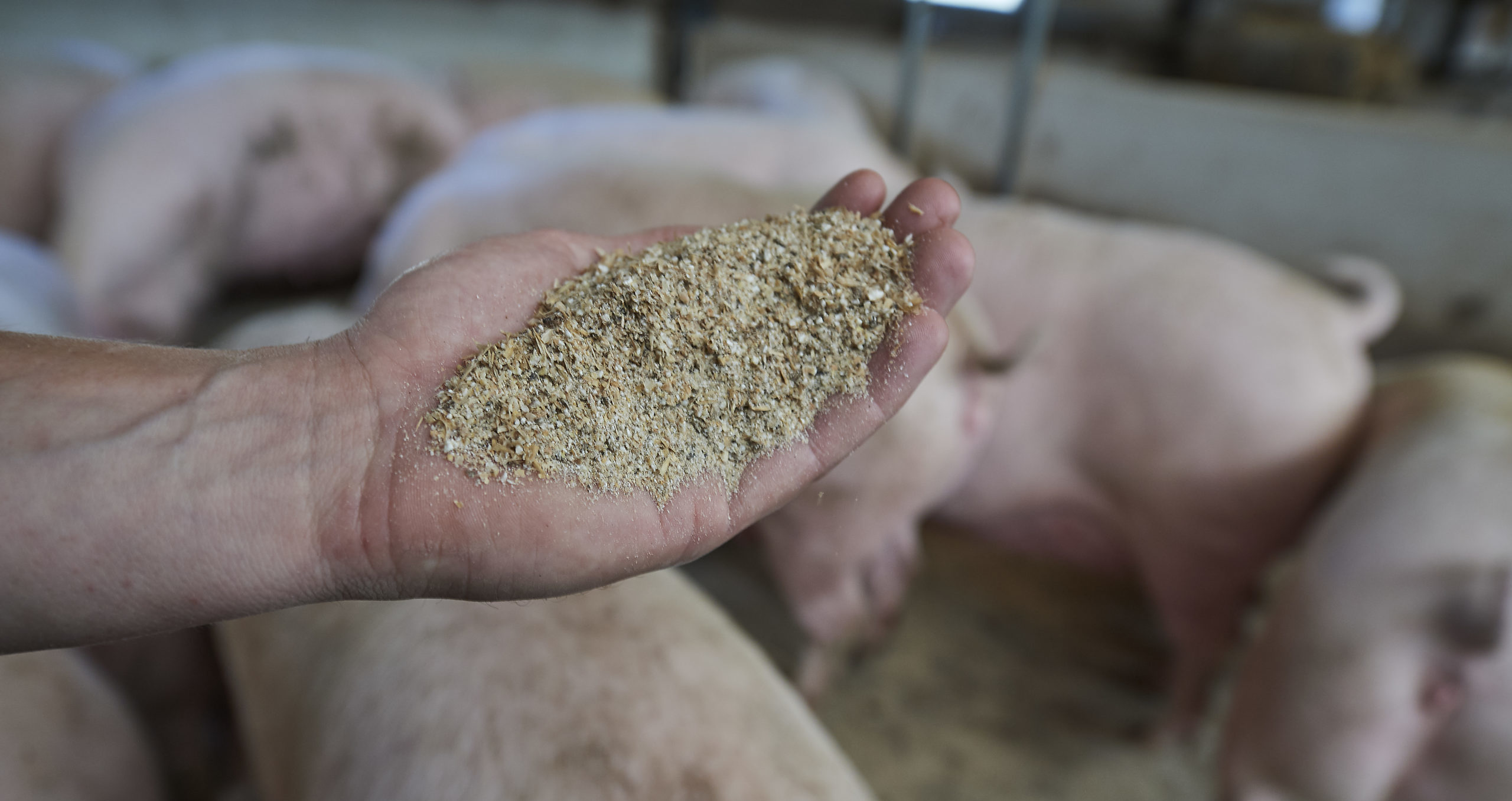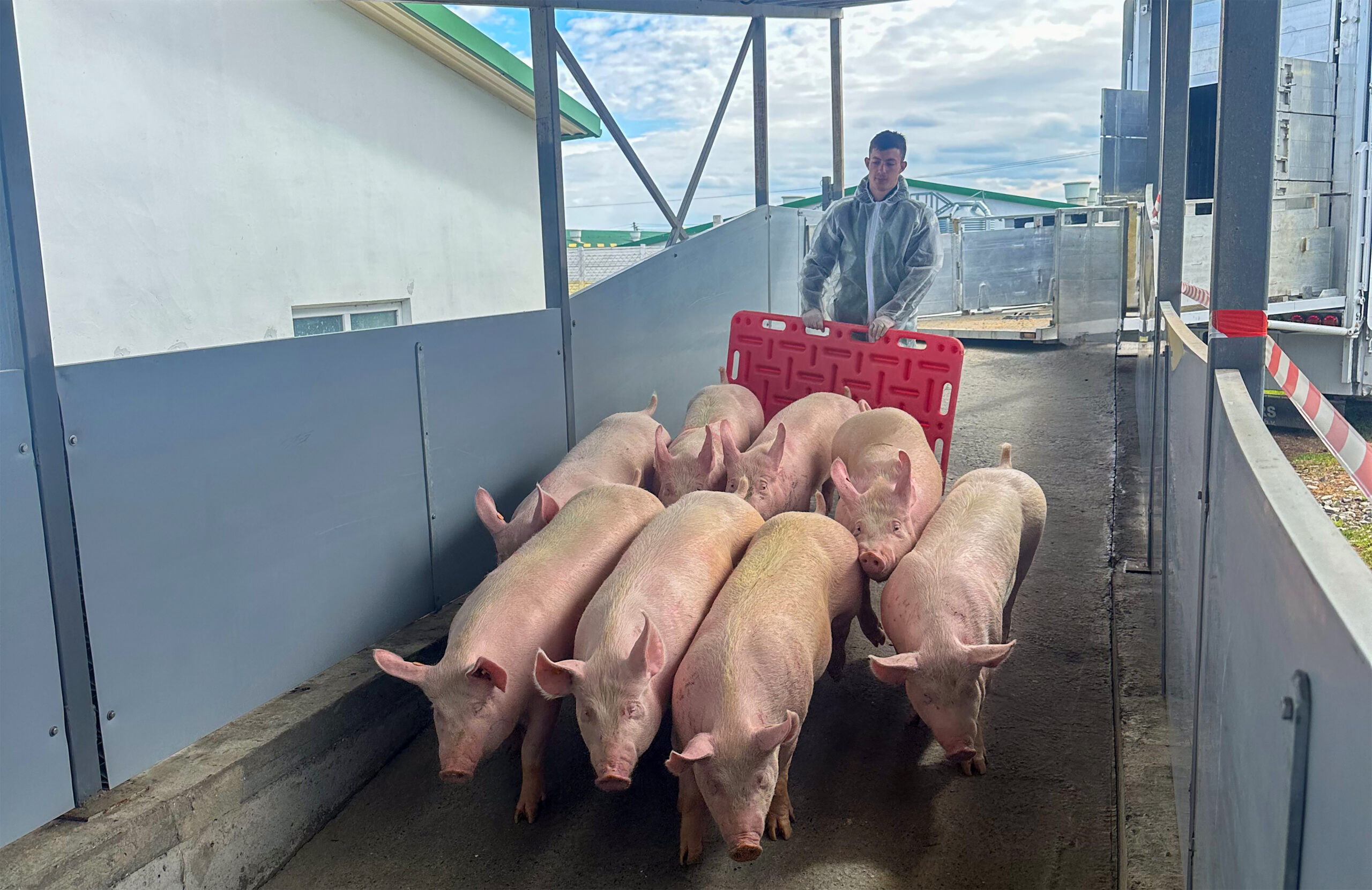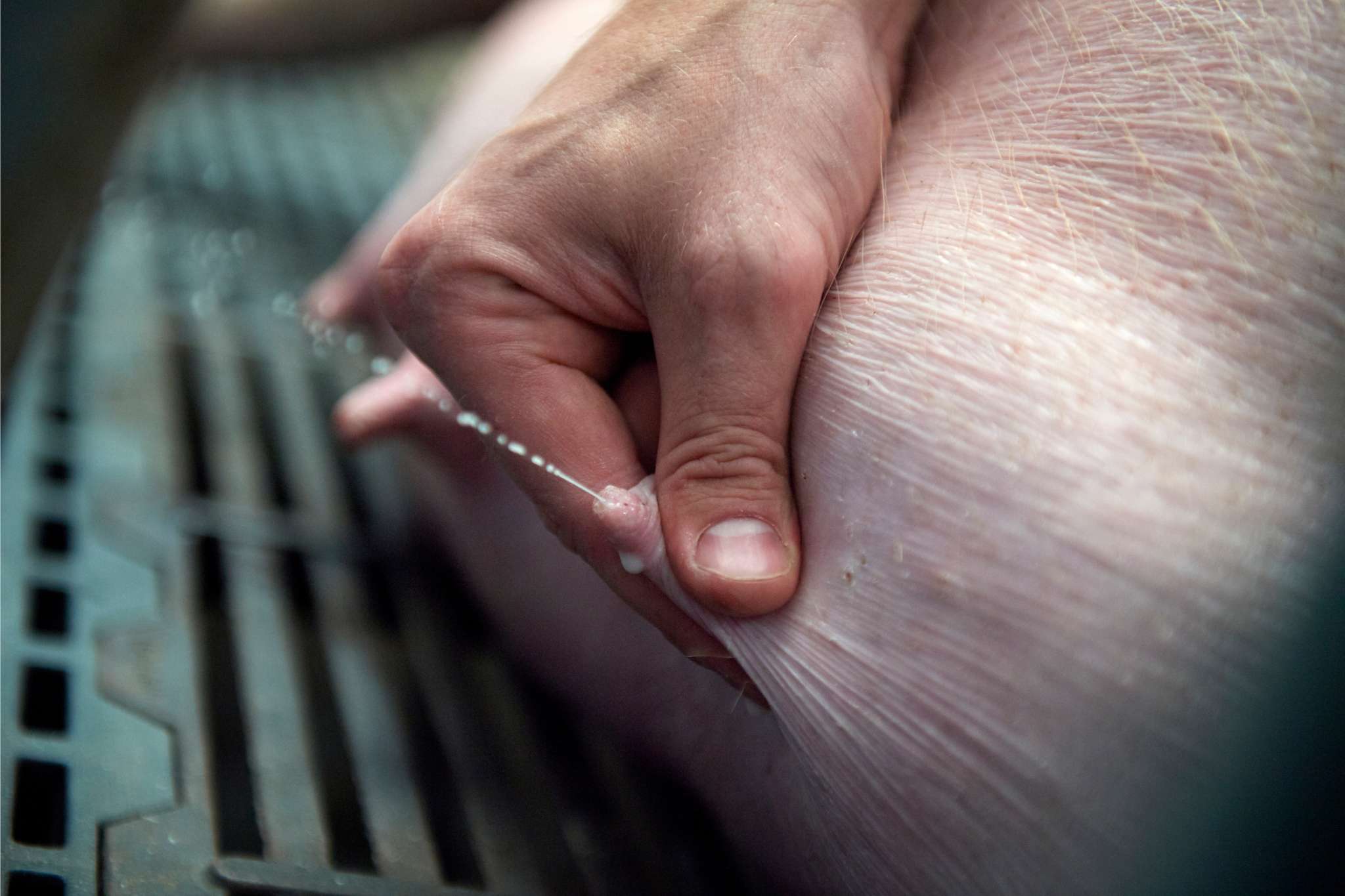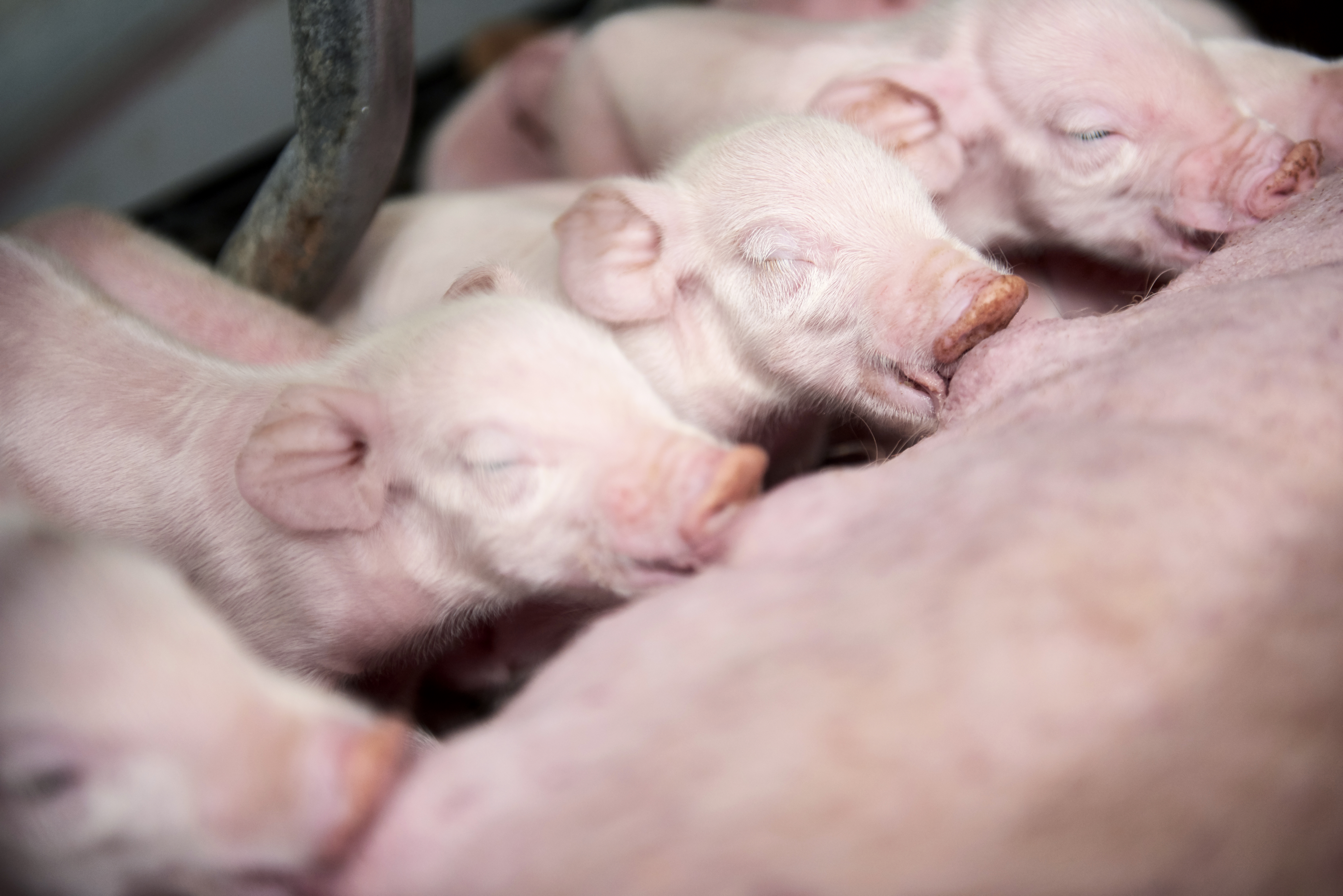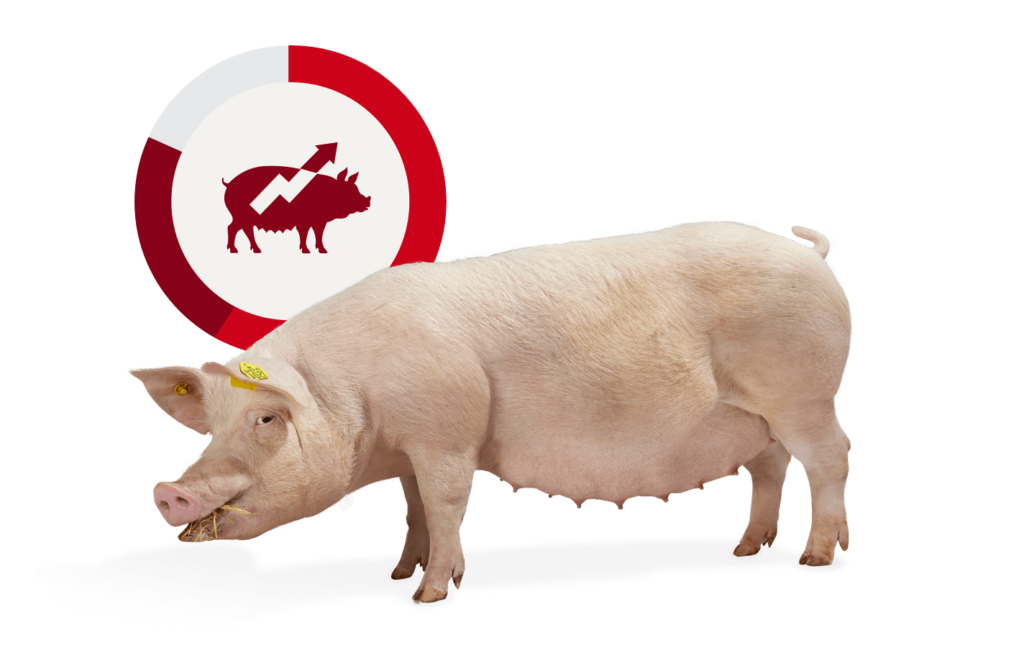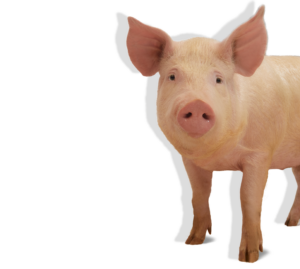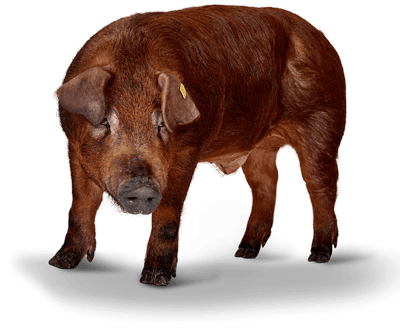Written by Konstantinos Sarantis, Product Manager Mycotoxin Risk Management, Biomin
Swine fertility has a significant effect on farm profitability and the number of pigs produced per sow per year is a key factor when defining production costs per pig. Modern pig genetics such as DanBred come with an extraordinary genetic potential for reproductive performance. Focused attention on feeding and especially quality of raw materials will set a prime starting point on the road to release the genetic potential for consistently high lifetime productivity.
What are Mycotoxins?
Mycotoxins are found in most raw feed materials worldwide, and can have a direct and negative effect on reproductive performance in pigs. Mitigating these effects is therefore essential in high performing pig units.
Mycotoxins are known anti-nutritional factors that affect reproduction. Over 400 different mycotoxins have been identified to date, with the most well known being trichothecenes, zearalenone (ZEN), ochratoxins, aflatoxins, fumonisins and ergot alkaloids. Raw materials can be affected by more than one fungus, and each fungus can produce more than one mycotoxin- so there is a high chance that there is more than one mycotoxin in any feed ingredient, as can be seen in figure 1.
Pigs are usually considered to be the species that is most susceptible to mycotoxin contamination, with young animals and breeding females the most sensitive groups- reproductive performance is both directly and indirectly affected when feed is contaminated by mycotoxins. These effects can be mitigated by using mycotoxin deactivators whose go beyond traditional binding strategy.

The effects of Mycotoxins on production
Individual Mycotoxins act in a specific manner, and have varied effects on pig production via their mode of action on multiple tissues, organs and functions. It is also more common that there is a co-contamination of mycotoxins rather than the contamination of feed by a single mycotoxin, which makes their effects on production even more of a challenge to manage.
Adult females, adult males and piglets can all be affected by mycotoxin contamination, with most of the effects being on reproductive performance. Some of the common effects of mycotoxins include irregular heats, abortion, pseudopregnancy, low conception rates, ovarian cysts, embryonic loss, nymphomania, hypertrophy of the uterus, hyperestrongenism, agalactia and stillbirths- all of which have serious consequences on herd infertility.
 Zearalenone (ZEN) is the mycotoxin most notorious for its effects on reproduction- it blocks hormone synthesis due to its resemblance to the estradiol molecule and competes for estradiol (estrogenic) receptors. This in turn disrupts the endocrine system by suppressing the secretion of follicle stimulating hormone (FSH) in the ovaries. ZEN has an individual reproductive effect on adult males and females, and a teratogenic effect on piglets (causing splay legs).
Zearalenone (ZEN) is the mycotoxin most notorious for its effects on reproduction- it blocks hormone synthesis due to its resemblance to the estradiol molecule and competes for estradiol (estrogenic) receptors. This in turn disrupts the endocrine system by suppressing the secretion of follicle stimulating hormone (FSH) in the ovaries. ZEN has an individual reproductive effect on adult males and females, and a teratogenic effect on piglets (causing splay legs).
Deoxynivalenol (DON) compromises feed intake and may cause vomiting (Diekman and Green, 1992) as well as inhibiting protein synthesis, altering the immune system response and causes reproductive problems by targeting oocyte and embryo development (Pestka et al., 2004; Alm et al., 2006). The effect of DON on reproduction in pigs is as well indirect, as the lower feed intake reduces nutrient availability and poses a threat to the metabolic pathways in the reproductive system.
In a recent trial contracted by BIOMIN at the University of Berlin, Institute for Animal Nutrition, Department of Veterinary Medicine, the reproductive performance of sows was challenged with DON and ZEN during long-term (three cycle) exposure to Fusarium toxins was investigated. Results showed that the mycotoxins impaired various reproductive parameters, feed intake (and subsequent body condition score) and piglet quality. However, when the animals were treated with Mycofix ® Plus, they recovered well.
For further information about the trial or more details effects of mycotoxins on pig production, please visit the extended article here.
Reference List
Alm, H., Brüssow, K-P., Torner, H., Vanselow, J., Tomek, W., Dänicke, S. and Tiemann, U. (2006). Influence of Fusarium- toxin contaminated feed on initial quality and meiotic competence of gilt oocytes. Reproductive Toxicology. 22, 44-50.
Diekman, M. A. and Green, M.L. (1992). Mycotoxins and reproduction in domestic livestock. Journal of Animal Science. 70 (5), 1615-1627.
Pestka, J., Zhou, H., Moon, Y. and Chung, Y. (2004). Cellular and molecular mechanisms for immune modulation by deoxynivalenol and other trichothecenes: unravelling a paradox. Toxicology Letters. 153 (1), 61-73.
Tiemann, U. and Dänicke, S. (2007). In vivo and in vitro effects of the mycotoxins zearalenone and deoxynivalenol on different non-reproductive and reproductive organs in female pigs: a review. Food Additives and Contaminants. 24(3), 306–314.

